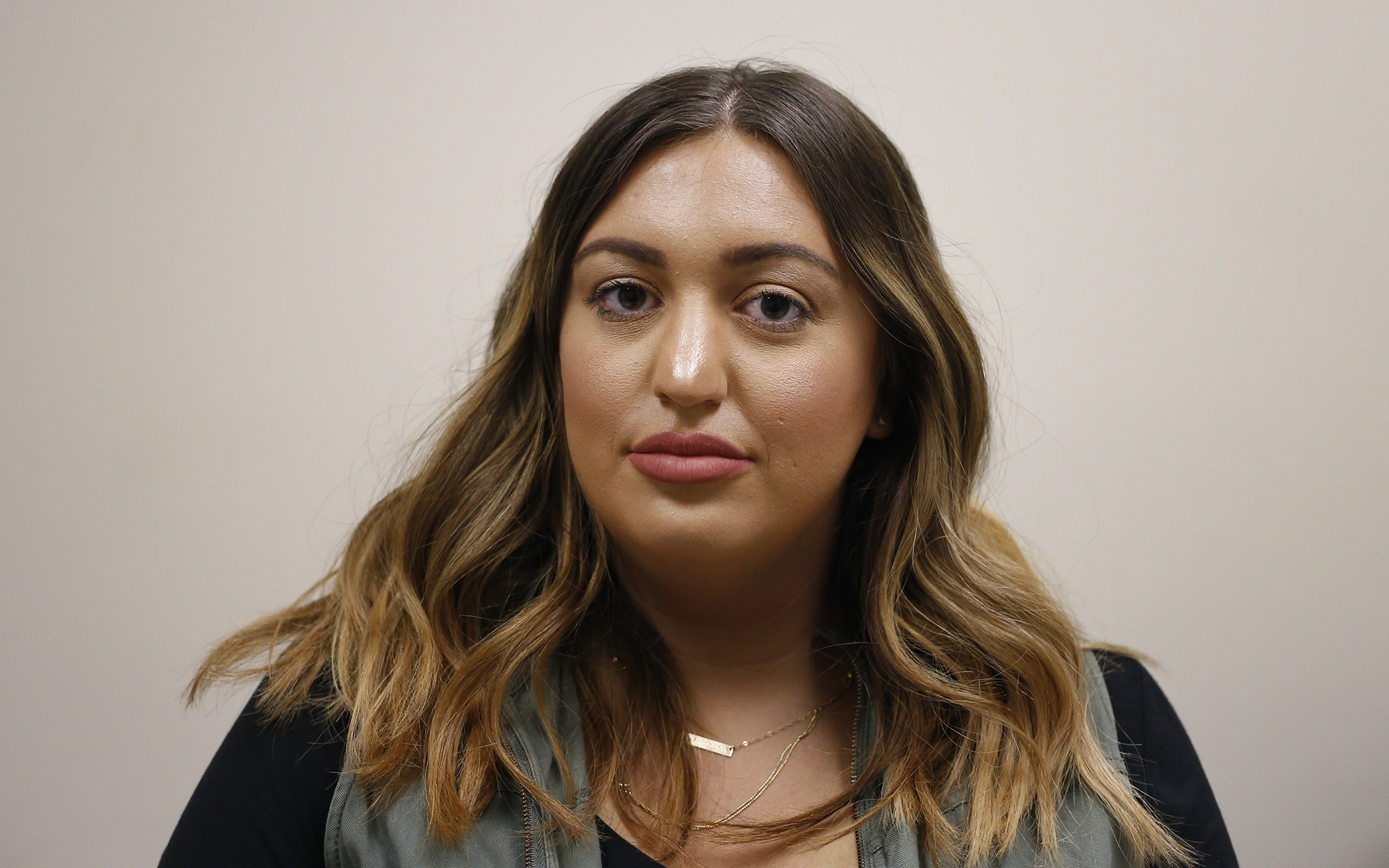In telling stories of addiction, the media should stop spreading images of stigma.
By Traci Day
Aug. 2, 2018

Part of the PublicSource series
The Fix
Stories about the opioid epidemic
in the Pittsburgh region.
About this series.
More and more people have a friend or relative who struggles with a drug addiction. Yet, when you think of someone who has an addiction, what kind of images do you most often find in the media? The “junkie” on the street begging or selling their body to get any kind of high.
Addiction has many faces, and it can look like you or me.
More often than not, images to identify and explain addiction in the media are used to shock the audience, to draw attention to the horrors of use, to label people and make assumptions about their lives. These images highlight a traumatic and disturbing view, driving the audience to ignorant conclusions and hypotheses about addiction. Do editors, reporters or producers ever think how these images affect people with addiction or in recovery?
Stigma has the potential to negatively affect a person’s self-esteem, damage relationships with loved ones and prevent those suffering from addiction from accessing treatment.
"Addiction has many faces,
and it can look like you or me."
Would the people consuming biased, stigma-inducing media believe that the woman who went into the dentist office for a tooth extraction left with a 90-day prescription of narcotics, used them responsibly and still became addicted? Is there any empathy available to the man who started buying heroin because it’s cheaper than Percocet and erases the emotional trauma of the car crash that killed his partner?
As a social worker, I have been working with people who have challenged me in several ways. I am surrounded by some of the most resilient and courageous women I have ever met. The change and progress these women make from their very first visit to their visit six months down the road is inspiring. I can’t tell you how many times I’ve heard the women say they wouldn’t be able to do it without the support of social workers like myself and others who do this kind of work. The number of women telling us they love us and are so thankful to have a positive and supportive network to guide them through their recovery is extraordinary. These women’s stories are incredible, facing different obstacles throughout their lives that led them down a similar path. But they’re all hoping to make it to their next birthday and even just their next appointment with us.
Related: PublicSource commits to making thoughtful choices on triggering imagery
However, this side of recovery and addiction often goes unseen. I feel most media outlets only want to show the horrors of addiction to frighten and shock, rather than appropriately educate the reader. Are there horrors to addiction? Absolutely. Do people struggling with addiction go through extremely traumatic experiences? Certainly. Is shocking imagery the only way to address this issue through media outlets? No.
In fact, if a person in recovery wants to share an article with a family member or friend to encourage education about addiction and recovery, they often can’t do so without seeing triggering images. I’ve noticed the change in some media lately, using trigger warnings to warn the audience if the content includes language or imagery that could be upsetting to people who have experienced mental health issues, sexual assault or intimate partner violence. Why not use trigger warnings when speaking about drug use? And would it be appropriate to use images of suicide or rape when trying to “educate” the community about these issues? Never.
Becoming dependent on drugs can happen to anyone. It’s important to keep in mind that we can all do a better job of decreasing stigma around drug use. Many social workers fight stigma on a daily basis on behalf of their patients. Most importantly, I feel that I’m encouraging the women we work with to overcome societal stereotypes placed on those struggling with an addiction. These women should never be shamed for their addiction; it’s a lifelong disease. The use of shocking imagery in the media only increases stigma while creating a trigger for those fighting the urge to use drugs.
No one wakes up in the morning wanting to have an addiction. No one wakes up wanting to be completely broke with nowhere to live, children in foster care, no job and or no one to call when they’re having a hard time. No one wakes up wanting to feel like the only way to get through a day is by abusing drugs. I hear these sentiments on an almost daily basis from the patients I work with.
The women I work with are so much more than their addictions. They’re worth so much more than pictures of needles, rusty spoons, empty pill bottles and dirty, downtrodden women sitting on street corners. These types of images are dehumanizing and completely disregard the real person who’s suffering. They are daughters, mothers, sisters, friends and survivors. They’re women who want nothing more than to be heard, encouraged and supported.
Traci Day is a social worker who works with women, including those who are pregnant, who are in addiction recovery. She can be reached at tracimday@gmail.com.
Edited by Halle Stockton and Mila Sanina.
Web design and development by Natasha Khan.
This project has been made possible with the generous support of the Staunton Farm Foundation.
If you liked this story, please share it on Twitter and Facebook.
More in this series

For two Pittsburgh women, helping others deal with drug addiction starts with telling their own stories.

The darknet is transforming the drug trade. Pittsburgh is an epicenter of the FBI’s work to crack down.













